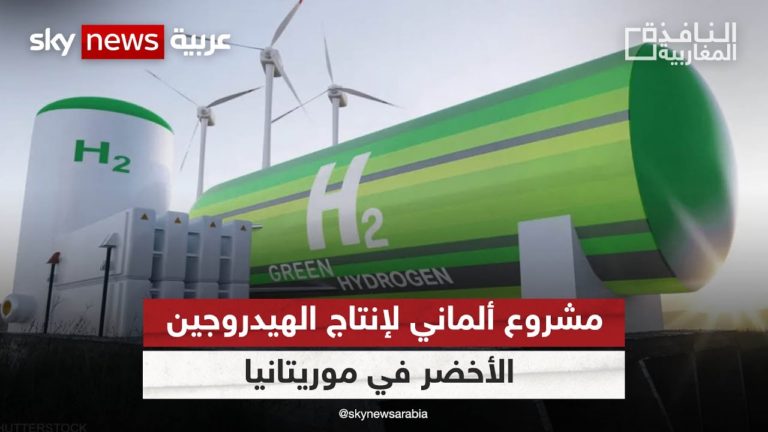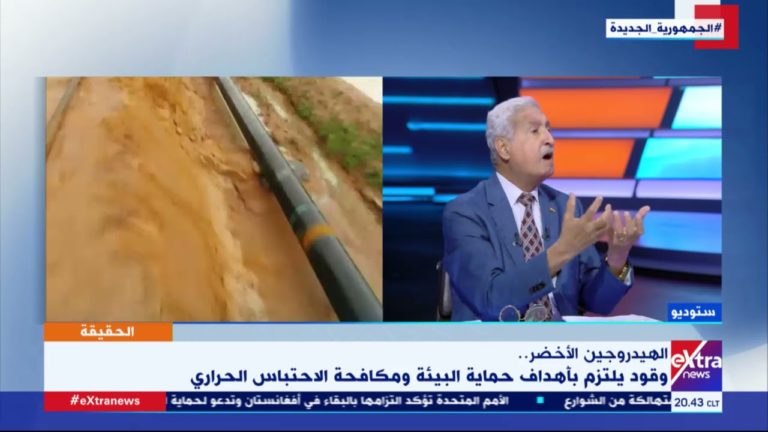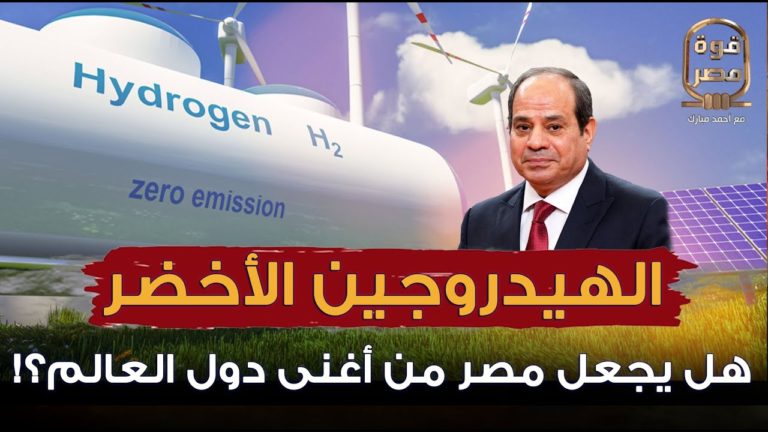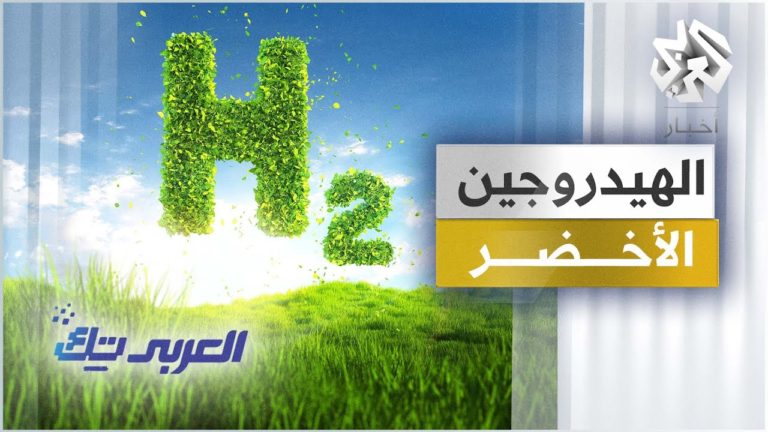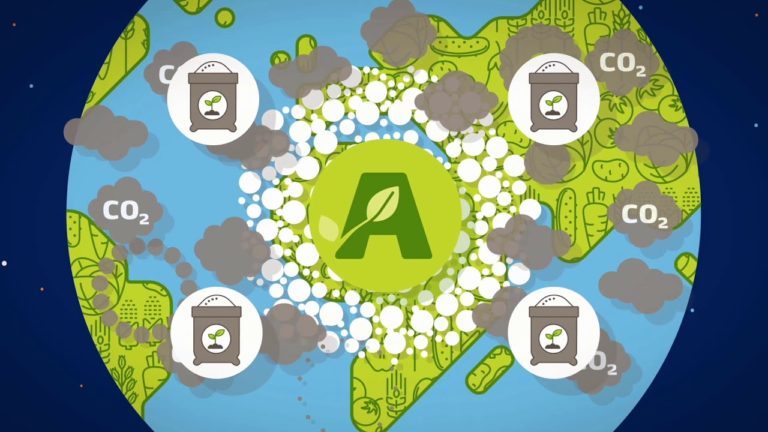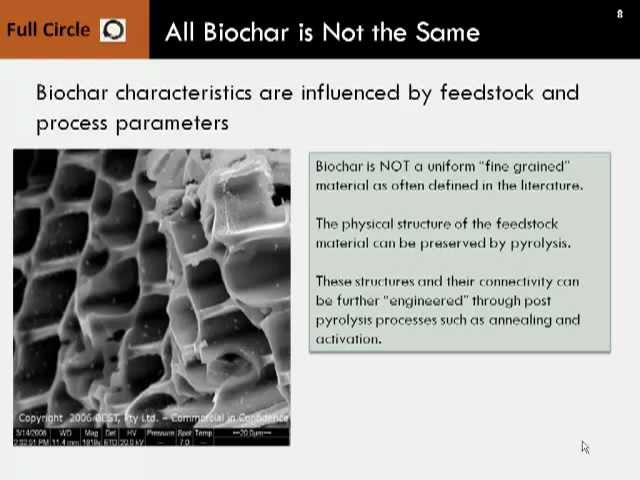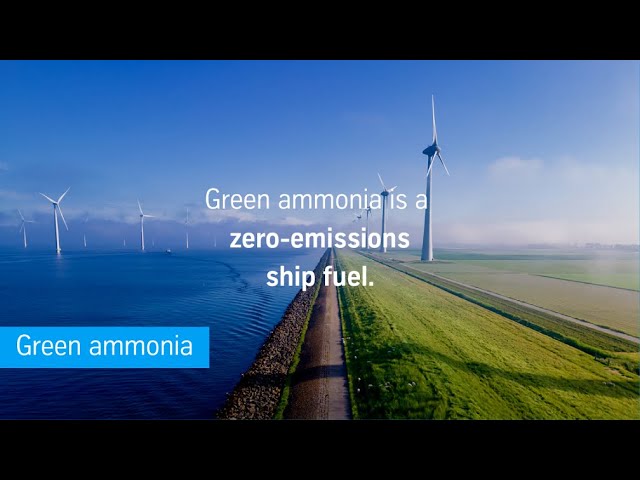00:00:00 – 00:15:00
Kathleen Draper, a biochar industry expert, provides a history of biochar’s interaction with carbon markets and its potential to sequester carbon. Draper notes that after the IPCC Special Report highlighted the need for negative emissions technologies, the biochar industry saw progress with pilot carbon removal auctions and a new blockchain carbon marketplace focused on biochar. She also discusses the different categories of carbon removal and the challenges posed by carbon capture and storage technologies. Draper explains the potential of carbon markets for the biochar industry and discusses the end-to-end blockchain verification system for biochar called IBI. She also mentions the expansion of the IBI’s biochar material standards to include sustainable feedstock sourcing and verifiable carbon sinks.
00:00:00 this section, Kathleen Draper, who has experience in both the academic and commercial sides of the biochar industry, gives a brief history of biochar’s interaction with carbon markets and shares her thoughts on where it’s headed. She explains that the history of biochar in carbon markets is less than a decade old and that a biochar methodology was drafted for the American Carbon Registry in 2014, but it wasn’t accepted at the time due to concerns about the permanence of carbon in soils. However, after the IPCC Special Report was published in 2018, highlighting the need for negative emissions technologies, the biochar industry saw progress with pilot carbon removal auctions and a new blockchain carbon marketplace focused on biochar. Draper also distinguishes between reducing greenhouse gases and sequestering carbon and explains that both are needed, leading to a shift away from the blending of these strategies under the carbon offset nomenclature.
00:05:00 In this section, Kathleen Draper discusses different strategies in various sectors to reduce carbon emissions and the concept of carbon pricing. She explains that while carbon removals are about pulling carbon out of the atmosphere, biochar does not actually pull carbon out of the atmosphere unless it’s in cement. Draper also discusses different categories of carbon removal, including planting new forests or restocking old forests, soil carbon, and technological solutions like direct air capture in carbon sequestration. However, she notes that many of these solutions are still in the testing phase, and carbon capture and storage technologies have their own set of challenges.
00:10:00 In this section, Kathleen Draper discusses the potential of carbon markets for the biochar industry, with recent sales of biochar CO2 removal certificates reaching over $75 per ton on the Puro marketplace. The calculated multiplier for converting one ton of biochar into carbon dioxide equivalents ranges from 2.5 to 3.2, indicating its carbon efficiency and net sequestration potential. However, degradation over time once deposited in soils or consumed by animals is not factored into the methodology. The European Biochar Consortium and the Ithaca Institute have developed the EBCC Sync methodology to ensure a realistic assessment of carbon persistence in biochar. Certified biochar production incurs laboratory costs to meet stability and safety standards, and a process audit fee. Draper mentions the expansion of the IBI’s biochar material standards to include sustainable feedstock sourcing and verifiable carbon sinks.
00:15:00 In this section, Kathleen Draper discusses the end-to-end blockchain verification system for biochar called IBI. Piloted in Europe and recently certified in the US, this platform has a two-step verification process that ensures that farmers and composters have put biochar into the soil or compost. In addition, Draper acknowledges the growing viability of the biochar industry as more companies are inclined to participate in carbon markets. Vera, the world’s largest voluntary greenhouse gas program, has recently released a request for a proposal to develop a comprehensive biochar greenhouse gas accounting methodology, which could open up all sorts of demand for biochar credits. The International Biochar Initiative (IBI) is more of an advisory or support role moving forward, and works with organizations like Carbon Future and Vera to ensure that the biochar getting carbon credits is safe and long lasting.

